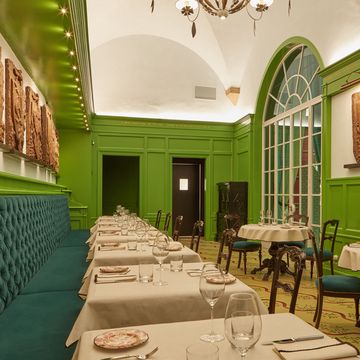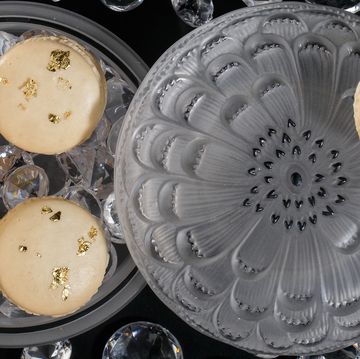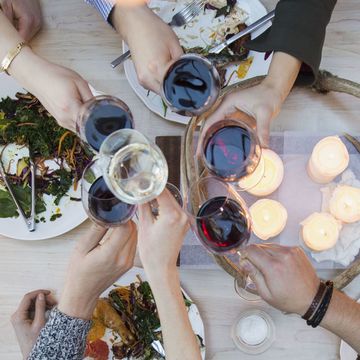Anything served raw, especially sushi, comes with it's own eat-at-your-own-risk subtext. But, with its ubiquitous lunch-specials, endless omakase options and innovative riffs popping up all over the country from some of Japan's most respected chefs, debunking the myths and facts of this now popular cuisine (thanks to its trendiness in the late-90's and mainstay status reached in the early 2000's) is what's on the menu. We turned to Sushi Nakazawa, the NYC sushi establishment founded and created by Tokyo's Sukiyabashi Jiro's famous apprentice, for their tips and tricks on seeking out the freshest cuts of fish–no matter where you find yourself ordering in or dining out.
1. If you're ordering take-out from just anywhere, steer clear of Chilean Sea Bass, White Tuna and Snapper.
While most upscale sushi spots operate differently, often times these particular types of fish are mislabeled and you are not necessarily getting what you order.
2. Skip the Soy Sauce.
If you are sitting at the sushi bar, never ask for soy sauce–or any sauce for that matter. The chef has already applied the perfect amount to each piece and intends for it to be enjoyed exactly as it is served. Note: the same goes for wasabi.
3. A lot of menu items all mean the same thing: Tuna.
At Sushi Nakazawa, a tuna flight of three different cuts of blue fin tuna is served: Akami (lean cut), chu-toro (medium fatty) and toro (fatty). All of these come from the same piece of tuna, but are offered as different menu items or as a coursed flight.
4. If you really want to be an in-the-know diner...
...order kama-toro (collar or cheek) which is considered to be one of the best parts of the fish.
5. Sushi? Sashimi? Nigiri? Explain.
We serve nigiri sushi. That is a sliced raw piece of fish on top of a molded ball underneath it. Sashimi is sliced fish served without rice.
6. Sushi was originally a street cart food!
Take that fine dining.
7. Another thing to skip? Sake.
Champagne is actually the best alcohol pairing for sushi. Bubbles are great when paired with rice with vinegar. The minerality in certain wines (most often white wines) also pairs well with sushi rice.
8. Eat Your Sushi Face-Up
A lot of people think it's to turn a piece of sushi over so that fish is facing their tongue but this is a misconception.
9. Sushi Chefs Have More Fun in the U.S.
The dining experiences depend on the individual chef but big cities like New York affords the opportunity and flexibility for [a chef's] personality to come through not just in the food but also in the service, whereas sushi in Tokyo is far more based on tradition and formality.




















